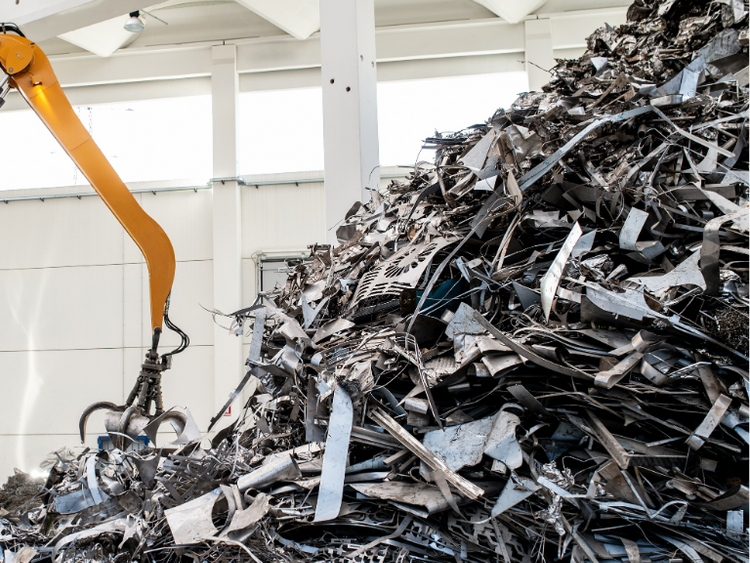Product

October 24, 2024
Miller on scrap: Will winter trigger a rebound in ferrous markets?
Written by Stephen Miller
The recycled iron and steel markets seem to be “ho-hum” at this stage of October. The word on the street is strong sideways, which is really not a bullish sentiment compared to the optimism of two weeks ago.
Ferrous scrap flows are still fairly consistent and should be adequate to fill the increase in demand with the winding up of mill outages for the year. There is debate over how scrap flows and sentiment will extend into November.
Recall we had a similar scenario last year. After November, it was obvious scrap prices needed to rise. Mills entered the December market up $50 per gross ton for #1 Busheling but were rebuffed by dealers who thought that price was insufficient. The market rose even higher as mills scrambled to fill their needs.
Can the same thing happen this year? Probably not to that degree, as HRC prices were much higher last year. But with winter coming, industrial scrap generation on the decline, and the scrap market bouncing off the bottom, it’s likely something will have to give.
This week’s RMU newsletter reported a study released by the knowledgeable Phillip Bell of the Steel Manufacturers Association (SMA). The study seeks to validate the conclusion that there will be enough scrap to decarbonize the world’s steel industry as the integrated process is replaced by EAF melting.
Many players have theorized there is not sufficient scrap available to accomplish this transition. The study laid out data to prove the recycling of steel items will improve from an average of about 40 years to about 25 years. This improvement in the recycling life-cycle of steel items should replenish the scrap reservoir more than enough to meet the increased demand for scrap.
I am not one who has even the thought of disagreeing with the results of this study. However, the main focus of it is obsolescent scrap. I have to agree that there should be enough of this type of material even if the recycling time extends beyond the 25-year term.
The EAF transition will involve a significant number of mills producing HRC, and they will need industrial scrap for the process. There probably will be immense pressure on these grades, just as there is in the US when demand for HRC is robust. So, for the transition to EAF, using ore-based metallics (OBMs) (pig iron and HBI/DRI) to supplement low residual scrap and neutralize the alloys in obsolescent scrap will be essential. This is very doable if the right investments are made. But it will come at a cost. My compliments to the SMA for conducting this study.







